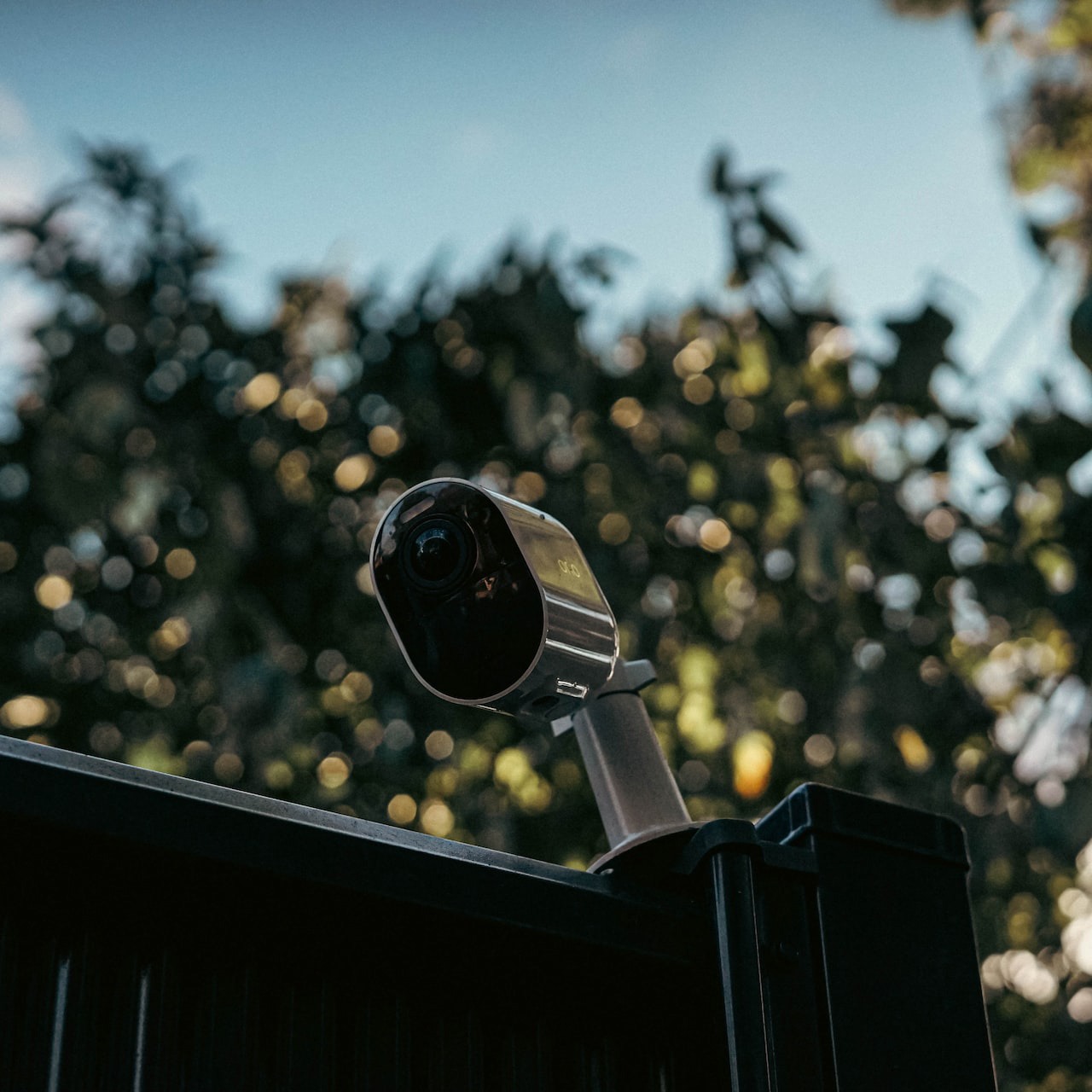How a smart home can be a safer home

Security is one of the things we value most in our homes. A home is a place where you feel safe, protected from the misdeeds of the outside world. Therefore, we tend to invest a lot of money in security devices such as well-locked doors, alarms and cameras.
Most of the tools we use to keep our homes safe are decades, if not centuries old. Can smart technology and automation help make our homes even safer? In this article, we'll look at some of the ways you can use automation and other tools to keep your smart home as secure as possible.
Smart home securityThere are many ways to harness technology to improve your home security, for example:
Smart doorbells with built-in cameras, which can film the person ringing your doorbell at any time and transmit the video to your smartphone. This helps you quickly register who's at your door and alert you to suspicious behavior, even when you're away from home. Smart alarm systems that use sensors to monitor movement around your home and send alerts to your phone. These can also use camera footage to record any suspicious activity. Smart locking features that allow you to open your doors using a number keypad or even an app on your phone. Examples of projectsLet's take a look at some smart home security projects from the Arduino community.
Arduino member Jaesh Naweni wanted to create a password based door lock system. The project was to create a keypad where you can enter the password and unlock the door without having to carry keys.
This type of project is very easy to get started, requires few materials, and can be done by anyone with an entry-level understanding of programming.
Hussien Mohamed and Ahmed Ismail built this home automation and security system with 1Sheeld.
The project works by using a sensor that detects movement outside the door of your home. When it picks you up, an LED will light up and you will need to say a specific preset password to access it. If correct, it will trigger another LED and a music player and you will be allowed to enter. If you say the wrong password, a beep will sound and the camera will take a picture of you (or your intruder) and post it to Twitter.
This system also helps ensure home safety by detecting if the water and gas in your kitchen exceeds a certain threshold. If so, you will receive an alert on your phone and the fan will turn on to clear the gas from the house.
Aaron Kow designed this entire IoT security model as part of the senior year project submission during his final year of engineering at university. It's designed to be accessed remotely from any smart device or PC, giving you quick control over your entire home's security.
The project is based on several sensors installed throughout the house. When the system is activated, any ongoing harmful activity will be detected and an alert message will be sent to the owner.
Additionally, the data collected by the sensors will be stored in the cloud and displayed on a website through a custom web application. This allows you to monitor any suspicious activity taking place in real time. The project also includes access control technology using the "near field communication" approach that can recognize trusted persons with the right to enter the house.
Create a safer home with ArduinoSmart homes are often safer homes. It's pretty easy to create simple home security systems, leveraging technology like automation and the cloud to detect intruders, alert you to suspicious activity, and make it easier for you to protect your home and people there.
Arduino products can help you do just that, and it doesn't take long to learn the basics and start building your own cloud projects for all sorts of fascinating purposes.


Security is one of the things we value most in our homes. A home is a place where you feel safe, protected from the misdeeds of the outside world. Therefore, we tend to invest a lot of money in security devices such as well-locked doors, alarms and cameras.
Most of the tools we use to keep our homes safe are decades, if not centuries old. Can smart technology and automation help make our homes even safer? In this article, we'll look at some of the ways you can use automation and other tools to keep your smart home as secure as possible.
Smart home securityThere are many ways to harness technology to improve your home security, for example:
Smart doorbells with built-in cameras, which can film the person ringing your doorbell at any time and transmit the video to your smartphone. This helps you quickly register who's at your door and alert you to suspicious behavior, even when you're away from home. Smart alarm systems that use sensors to monitor movement around your home and send alerts to your phone. These can also use camera footage to record any suspicious activity. Smart locking features that allow you to open your doors using a number keypad or even an app on your phone. Examples of projectsLet's take a look at some smart home security projects from the Arduino community.
Arduino member Jaesh Naweni wanted to create a password based door lock system. The project was to create a keypad where you can enter the password and unlock the door without having to carry keys.
This type of project is very easy to get started, requires few materials, and can be done by anyone with an entry-level understanding of programming.
Hussien Mohamed and Ahmed Ismail built this home automation and security system with 1Sheeld.
The project works by using a sensor that detects movement outside the door of your home. When it picks you up, an LED will light up and you will need to say a specific preset password to access it. If correct, it will trigger another LED and a music player and you will be allowed to enter. If you say the wrong password, a beep will sound and the camera will take a picture of you (or your intruder) and post it to Twitter.
This system also helps ensure home safety by detecting if the water and gas in your kitchen exceeds a certain threshold. If so, you will receive an alert on your phone and the fan will turn on to clear the gas from the house.
Aaron Kow designed this entire IoT security model as part of the senior year project submission during his final year of engineering at university. It's designed to be accessed remotely from any smart device or PC, giving you quick control over your entire home's security.
The project is based on several sensors installed throughout the house. When the system is activated, any ongoing harmful activity will be detected and an alert message will be sent to the owner.
Additionally, the data collected by the sensors will be stored in the cloud and displayed on a website through a custom web application. This allows you to monitor any suspicious activity taking place in real time. The project also includes access control technology using the "near field communication" approach that can recognize trusted persons with the right to enter the house.
Create a safer home with ArduinoSmart homes are often safer homes. It's pretty easy to create simple home security systems, leveraging technology like automation and the cloud to detect intruders, alert you to suspicious activity, and make it easier for you to protect your home and people there.
Arduino products can help you do just that, and it doesn't take long to learn the basics and start building your own cloud projects for all sorts of fascinating purposes.
What's Your Reaction?






















